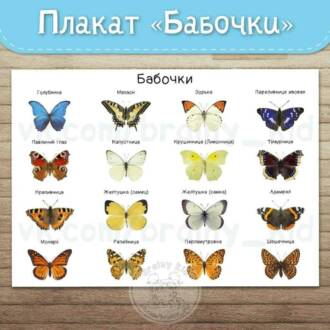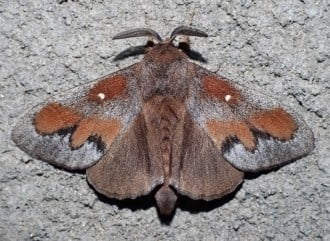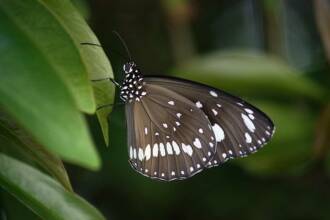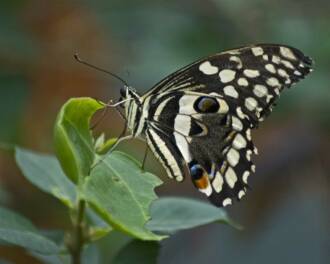The butterfly lives in the vast expanses of Siberia, for which it got its name. It has a color from yellowish brown to almost black. The fore wings are much larger than the hind wings, intersected by three darker stripes, and have one large white spot in the middle of the wing. The hindwings are single-coloured.

The Siberian cocoon moth begins its mass years in the second half of July. They are more active during sunset hours. Females lay their eggs on needles, primarily on the lower crowns. With mass reproduction, larvae can be found everywhere, even on the trunk of trees and in the grass under them. Siberian cocoon moth eggs develop from 2 to 3 weeks.
The nature of nutrition and behavior resembles a pine cocoon moth. Their caterpillars are also similar, only Siberian cocoon moth they are darker and with longer, stiffer hairs. They feed on needles of all types and breeds (cedar, pine, fir, larch, spruce, etc.). Whole development cycle Siberian cocoon moth lasts about two years, i.e. they go to winter twice.
Read also: Pine cocoonworm
ringed cocoonworm






